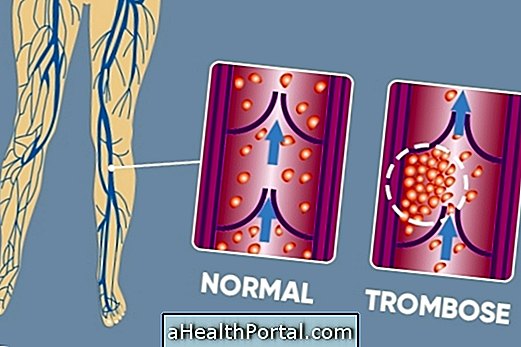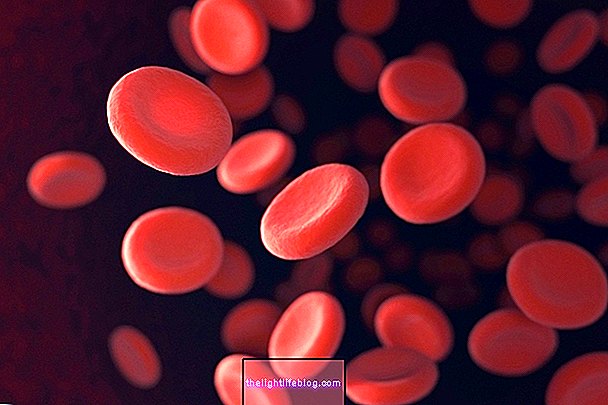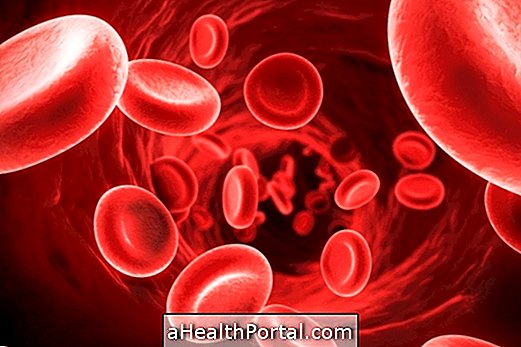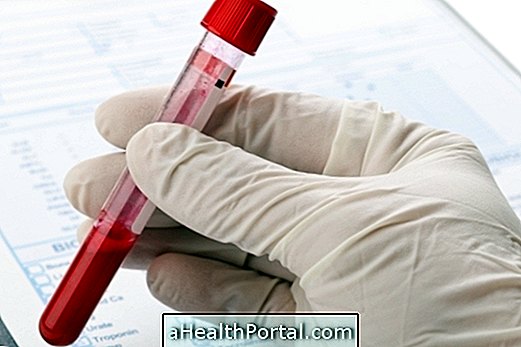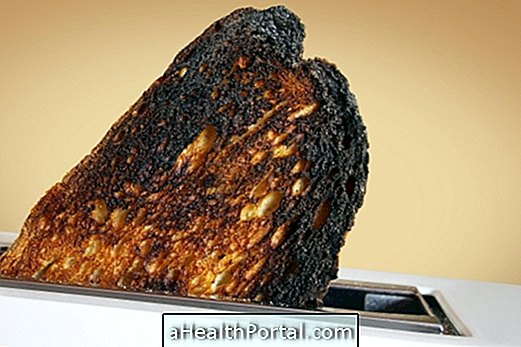To diagnose anemia it is necessary to have a blood test to evaluate the amount of red blood cells and hemoglobin, and is usually indicative of anemia when hemoglobin values are below 12 g / dL in the case of women and 14 g / dL in the case of men.
However, hemoglobin concentration is not the only parameter for the diagnosis of anemia, and other tests are usually required to identify the cause of low hemoglobin and initiate the most appropriate treatment. Find out what altered hemoglobin values may indicate.
Since iron deficiency anemia is the most common, the doctor begins by evaluating the amount of ferritin in the blood, because when it is low in quantity it means that there is little iron in the body. However, if ferritin levels are normal, further tests such as hemoglobin electrophoresis or counting of vitamin B12 and folic acid levels may help to identify other types of anemia.
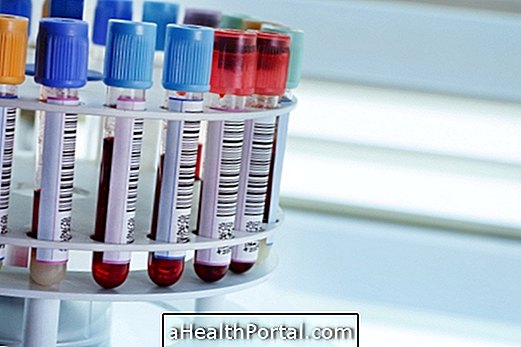
Values that confirm anemia
The diagnosis of anemia is made when the hemoglobin values in the hemogram are:
- In men: less than 14 g / dL of blood;
- In women: less than 12 g / dL of blood;
Generally, this blood test already includes the amount of ferritin and so your doctor can assess if the anemia is being caused by lack of iron. If this is the case, the value of ferritin will also be low, indicating low blood iron levels, which may be indicative of iron deficiency anemia. See how the treatment of iron deficiency anemia is done.
However, if ferritin levels are normal, it is a sign that anemia is being caused by another problem and therefore other tests may be ordered to identify the correct cause. Understand the ferritin test result.
Tests to identify the type of anemia
In addition to the ferritin test, which helps identify iron deficiency anemia, there are other tests to identify other types of anemia, including:
- Hemoglobin electrophoresis : analyzes the different types of hemoglobin in the blood and may help diagnose the type of anemia. Learn how hemoglobin electrophoresis is done;
- Peripheral blood smear examination : evaluates the appearance of red blood cells under a microscope to determine size, shape, number, and appearance, and may assist in the diagnosis of sickle cell anemia;
- Reticulocyte count : evaluates whether the bone marrow is producing new red blood cells, allowing the identification of aplastic anemia;
- Stool examination : may help detect bleeding from the stomach or intestines, which may be the cause of anemia. Learn more about stool exam;
- Vitamin B12 levels in the urine : deficiency of this vitamin can cause pernicious anemia;
- Bilirubin levels : useful for determining if red blood cells are destroyed inside the body, which can be a sign of hemolytic anemia. Understand the bilirubin test;
- Lead levels : Lead poisoning may be one of the causes of anemia in children;
- Liver function tests : to assess liver function, which can be one of the causes of anemia. See the exams that evaluate liver function;
- Renal function tests : may help to determine if there is a kidney problem, such as kidney failure, for example, that can cause anemia;
- Bone marrow biopsy : evaluates the production of red blood cells from the blood and can be done when a bone marrow problem is suspected to have caused the anemia. See what bone marrow biopsy is for and how it is done.
Other tests such as resonance, x-ray, tomography, urinalysis, genetic testing, serological and biochemical tests can also be used to diagnose the type of anemia. Learn more about the different types of anemia and what their signs are.
To learn how to cure anemia, see:


